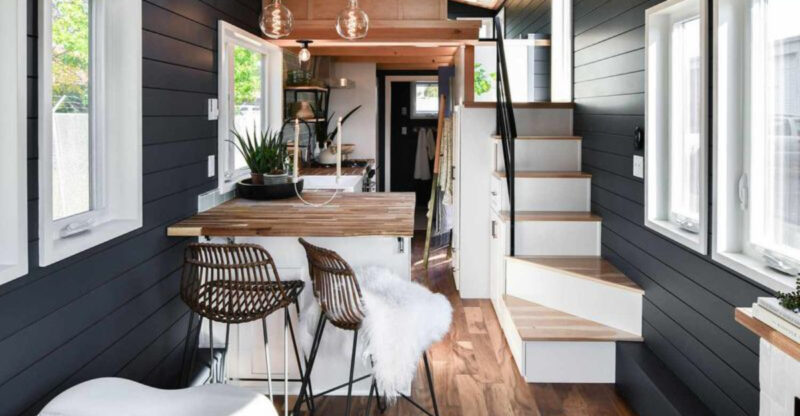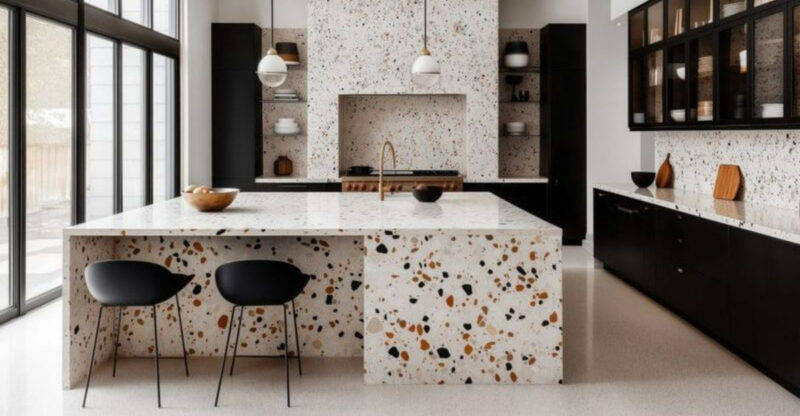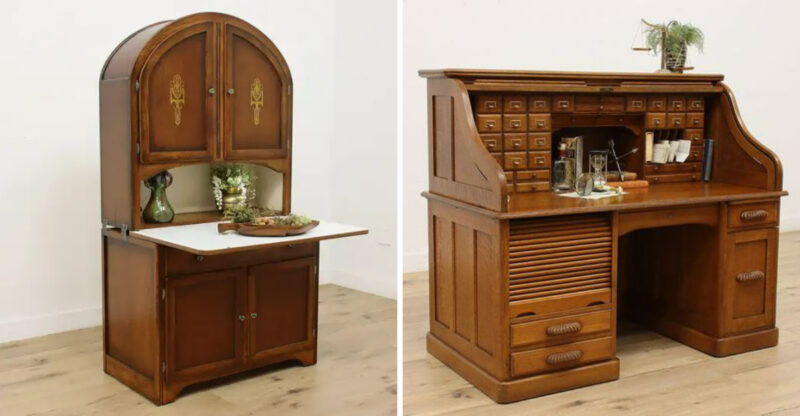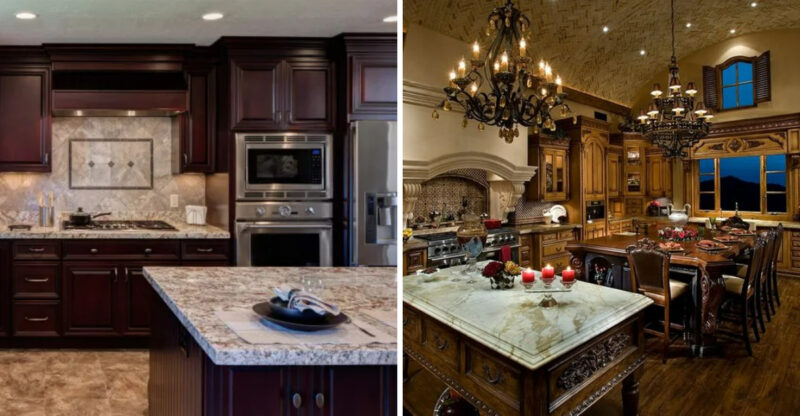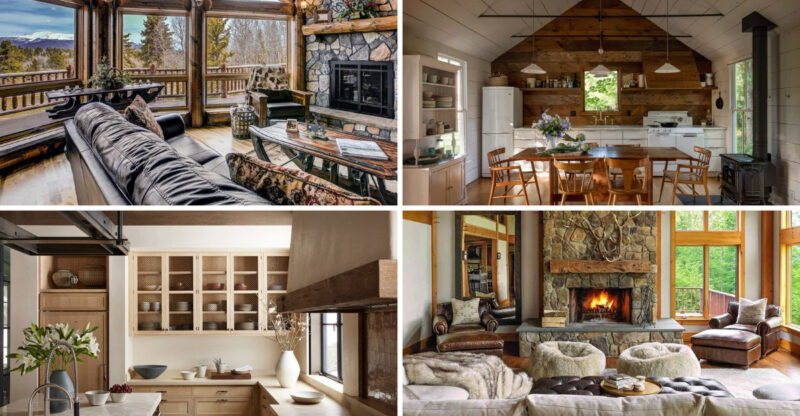10 California Home Styles Forecasted To Fall Out Of Favor By 2026 – And 10 Rising Fast
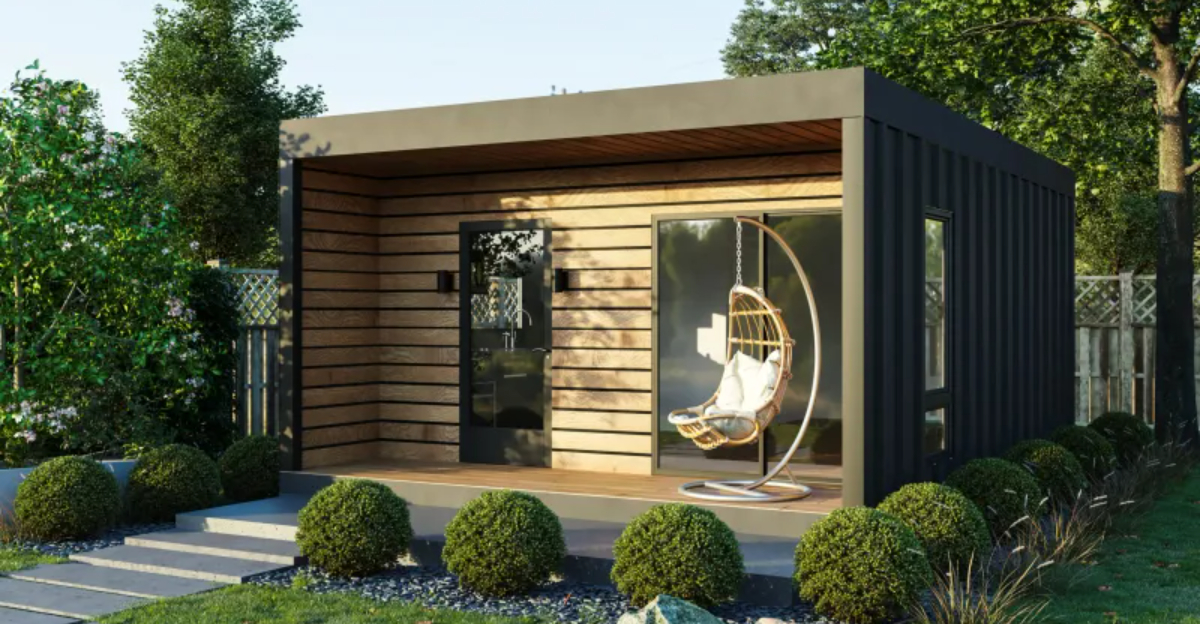
California’s home design landscape is shifting faster than ever, with some once-popular styles losing their appeal while fresh new trends take center stage. Understanding these changes can help homeowners make smarter renovation decisions and keep their spaces feeling current.
Whether you’re planning a remodel or just curious about where design is headed, these forecasts offer a fascinating glimpse into the future of Golden State living.
1. Neo-Victorian Restorations
Ornate trim, elaborate turrets, and layers of decorative details once brought a sense of grandeur to California neighborhoods. Now, these heavily detailed restorations feel overwhelming to many buyers seeking simpler spaces.
Maintenance costs for intricate woodwork and period-specific repairs can drain budgets quickly. Younger homeowners especially prefer cleaner lines that don’t demand constant upkeep or specialized contractors for every small fix.
2. Ultra-Modern Glass Boxes
Floor-to-ceiling windows and stark geometric shapes created dramatic statements in upscale California communities. But the cold, impersonal vibe is losing its charm as people crave warmer, more inviting environments.
Privacy concerns and sky-high cooling costs make these transparent designs less practical. The lack of texture and warmth leaves many feeling like they’re living in a showroom rather than a home.
3. Coastal Glam (High-Gloss, All-White)
Shiny white surfaces and polished finishes once screamed luxury in beachside properties. Today, this look feels sterile and difficult to maintain, especially in homes with kids or pets.
Every fingerprint and scuff mark shows up instantly on glossy surfaces. The clinical atmosphere lacks the relaxed, lived-in comfort that coastal living should embody, pushing homeowners toward softer, more forgiving palettes.
4. Heavy Mediterranean Courtyard Homes
Thick stucco walls, formal fountains, and heavy arched doorways defined a certain era of California luxury. These sprawling layouts now feel overly formal and difficult to adapt to modern lifestyles.
Water features require constant maintenance in drought-conscious regions. The dark, enclosed spaces don’t align with current preferences for open, light-filled rooms that connect seamlessly with outdoor areas.
5. Overly Eclectic “Mix-And-Match” Designs
Combining every possible style and era in one space seemed creative and personal just a few years ago. Now, these chaotic interiors feel cluttered and visually exhausting rather than curated.
The lack of cohesion makes rooms feel smaller and more stressful. Buyers increasingly want spaces with clear design direction and intentional choices that create calm rather than visual noise.
6. Dark Contemporary Minimalism
Moody black walls and shadowy corners created dramatic, Instagram-worthy spaces for a while. But living in perpetually dark rooms can feel oppressive, especially in California’s sunny climate.
Natural light gets swallowed by deep colors, requiring artificial lighting throughout the day. The gloomy atmosphere contradicts the indoor-outdoor lifestyle that makes California living so appealing to residents and visitors alike.
7. Mountain Lodge Style (In Urban Settings)
Heavy timber beams and stone fireplaces brought alpine charm to city homes, but the look feels increasingly out of place. Urban dwellers want designs that reflect their actual environment rather than borrowed aesthetics.
The dark, cabin-like atmosphere doesn’t suit California’s mild climate. These elements make smaller urban spaces feel cramped and disconnected from the vibrant, sunny lifestyle outside the front door.
8. Transitional Beige Interiors
Safe, neutral beige dominated transitional spaces for years, offering inoffensive appeal to the widest possible audience. But this bland approach now reads as boring and lacking personality.
The monotonous color scheme fails to inspire or create memorable spaces. Homeowners increasingly want interiors that reflect individual taste and create emotional connections rather than simply playing it safe with forgettable neutrals.
9. Faux Urban Lofts In Suburbs
Exposed brick accent walls and industrial fixtures brought city energy to suburban developments. But the manufactured authenticity feels increasingly forced when there’s no actual warehouse history.
These spaces lack the genuine character that comes from true adaptive reuse. The disconnect between suburban location and urban aesthetic creates an identity crisis that leaves homes feeling like they’re trying too hard.
10. Neo-Colonial Estates
Symmetrical facades with towering white columns attempted to bring East Coast formality to California neighborhoods. The stiff, traditional style clashes with the state’s more relaxed architectural heritage.
These homes feel stuffy and overly formal for California’s casual lifestyle. The design language doesn’t acknowledge regional climate, culture, or the indoor-outdoor flow that defines comfortable West Coast living.
11. Soft Modern (Warm Minimalism + Comfort)
Clean lines meet inviting textures in this approach that balances simplicity with genuine comfort. Natural materials like oak, linen, and wool add warmth without visual clutter.
This style prioritizes livability alongside aesthetics, creating spaces that feel calm yet welcoming. Neutral palettes include warmer tones that make rooms feel inhabited and loved rather than staged for a magazine shoot.
12. Retro Palm Springs Revival
Mid-century lines, playful pops of color, and desert-inspired accents capture California’s optimistic vintage spirit. This style celebrates the state’s architectural heritage while feeling fresh and fun.
Geometric patterns and period-appropriate furniture create personality without feeling dated. The emphasis on indoor-outdoor connection through large windows and sliding doors perfectly suits California’s climate and lifestyle preferences.
13. Modern Spanish Hacienda
Traditional Spanish elements get a contemporary update with lighter finishes and streamlined details. Whitewashed walls and natural wood beams create character without feeling heavy or dated.
Arched doorways and terra cotta accents honor California’s architectural roots while meeting current design preferences. This approach respects regional history while creating spaces that feel airy, bright, and perfectly suited to modern living.
14. Desert-Organic Fusion
Earth tones, sculptural plants, and raw materials bring desert landscapes indoors with artistic flair. Natural stone, clay, and woven textures create a grounded, serene atmosphere.
This style embraces imperfection and organic shapes that feel connected to California’s diverse ecosystems. The palette reflects sun-baked landscapes while maintaining enough softness to feel comfortable and inviting for everyday living.
15. Wabi-Sabi Serenity Homes
Japanese principles of finding beauty in imperfection create deeply peaceful California spaces. Handmade ceramics, natural wood with visible grain, and simple arrangements encourage mindfulness.
This approach values authenticity over perfection, celebrating wear and patina as marks of a life well-lived. The uncluttered aesthetic reduces visual stress while natural materials maintain warmth and character throughout the home.
16. Micro-Luxury ADUs
Compact backyard dwellings pack high-end finishes and smart design into smaller footprints. These units solve housing shortages while offering rental income or multigenerational living options.
Clever storage solutions and quality materials prove that small spaces can feel luxurious. California’s housing crisis makes these efficient, beautiful additions increasingly valuable and desirable for property owners seeking flexibility.
17. Contemporary Coastal Bohemian
Relaxed textures, natural fibers, and breezy color palettes capture beachside living without the high-gloss pretense. Rattan, jute, and linen create casual elegance that welcomes sandy feet.
This style balances laid-back comfort with intentional design choices that feel curated rather than cluttered. The approach honors coastal living’s easygoing spirit while maintaining enough sophistication to feel current and thoughtfully designed.
18. Urban Mediterranean
Mediterranean influences get scaled down for city living with lighter palettes and streamlined proportions. White walls, natural wood, and plenty of plants create airy spaces even in smaller footprints.
Arched doorways and tile accents provide character without overwhelming compact rooms. This adaptation honors California’s Spanish heritage while meeting urban dwellers’ needs for bright, efficient, flexible spaces that maximize every square foot.
19. Net-Zero Smart Homes
Energy-efficient design meets cutting-edge technology in homes that produce as much power as they consume. Solar panels, smart thermostats, and high-performance insulation reduce environmental impact.
These homes appeal to eco-conscious Californians facing high utility costs and climate concerns. Advanced systems provide comfort while dramatically lowering carbon footprints, making sustainability achievable without sacrificing modern conveniences or attractive design.
20. Adaptive Reuse Residences (Converted Warehouses & Motels)
Former commercial spaces transform into unique homes with genuine character and interesting histories. Original features like exposed beams, large windows, and open layouts become design assets.
These conversions offer authenticity that new construction can’t replicate while addressing housing needs creatively. California’s rich architectural inventory provides endless possibilities for transforming underused structures into distinctive, story-filled homes with real soul.


